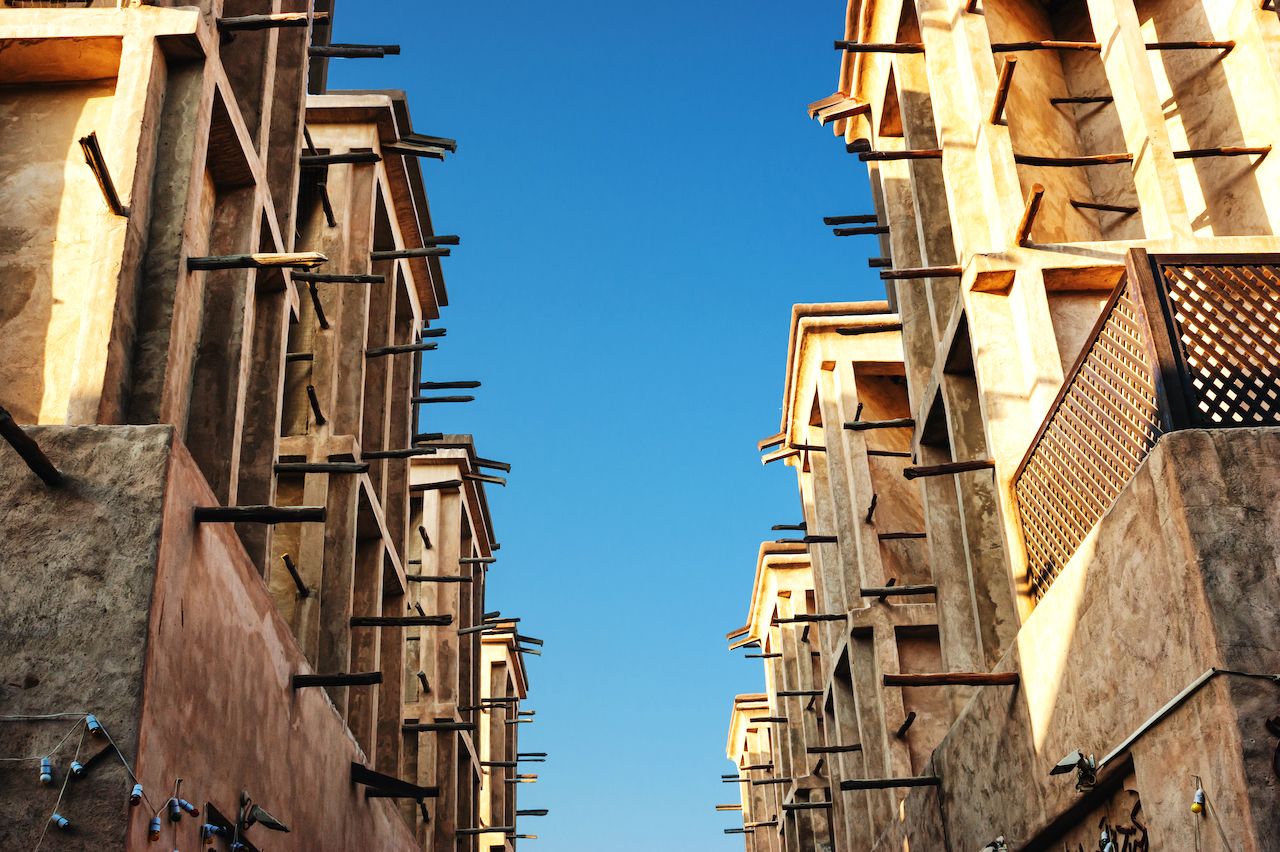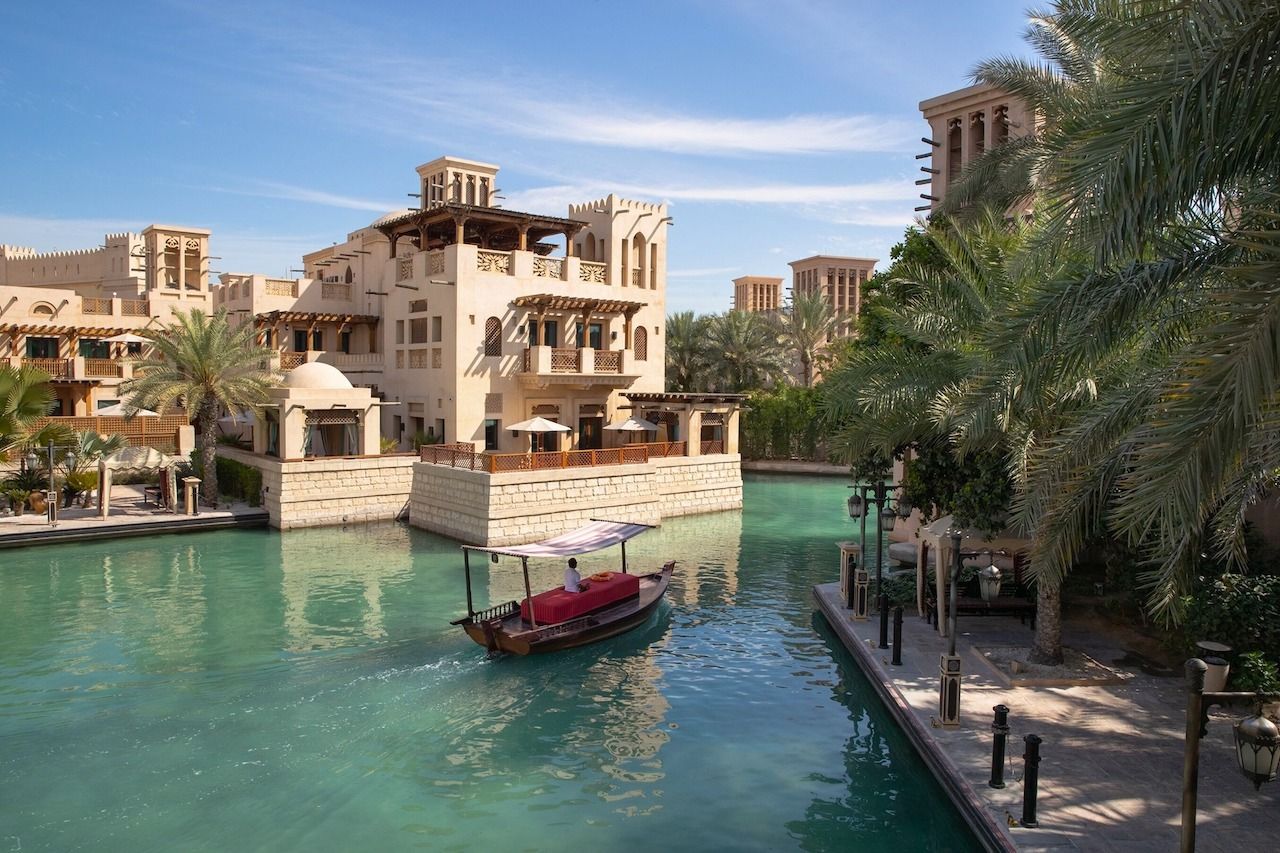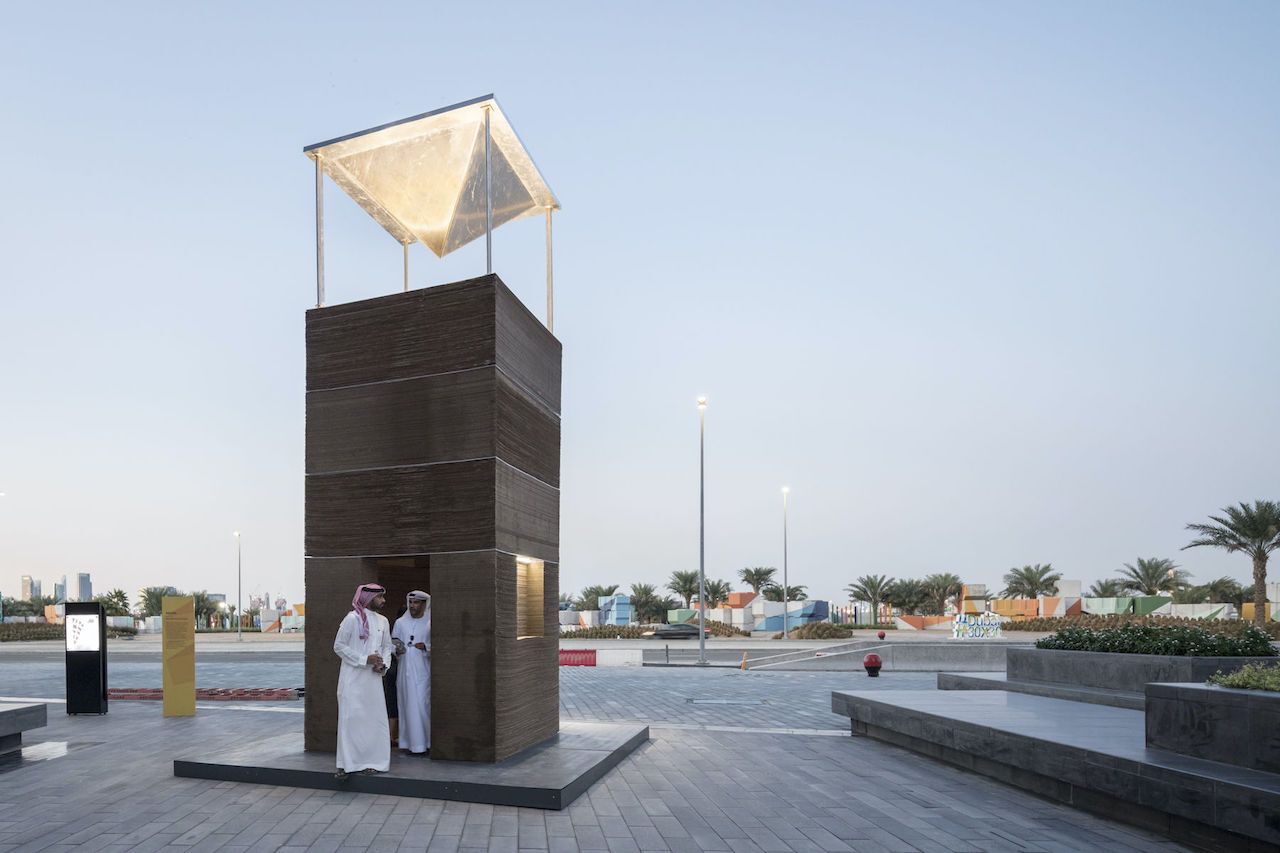The skyline of Dubai’s oldest neighborhood, Al Bastakiya, better known as the Al Fahidi Cultural and Historical District, is dotted with chimney-like, four-sided structures with openings that rise up from the rooftops of local homes. And while these may look like architectural flourish, they’re much more: These are the ancestors of A/C units.
These vertical structures are wind catchers, or wind towers, that are thought to originally come from ancient Egypt and Persia. Paintings depicting similar structures atop Pharaoh Nebamun’s residence that were found near Luxor, Egypt, seem to date from 1300 BCE, the BBC reported. However, some Iranian architects believe that wind catchers originated in Iran after archaeologists found wind tower-like structures in the ruins of a temple from 4000 BCE.



